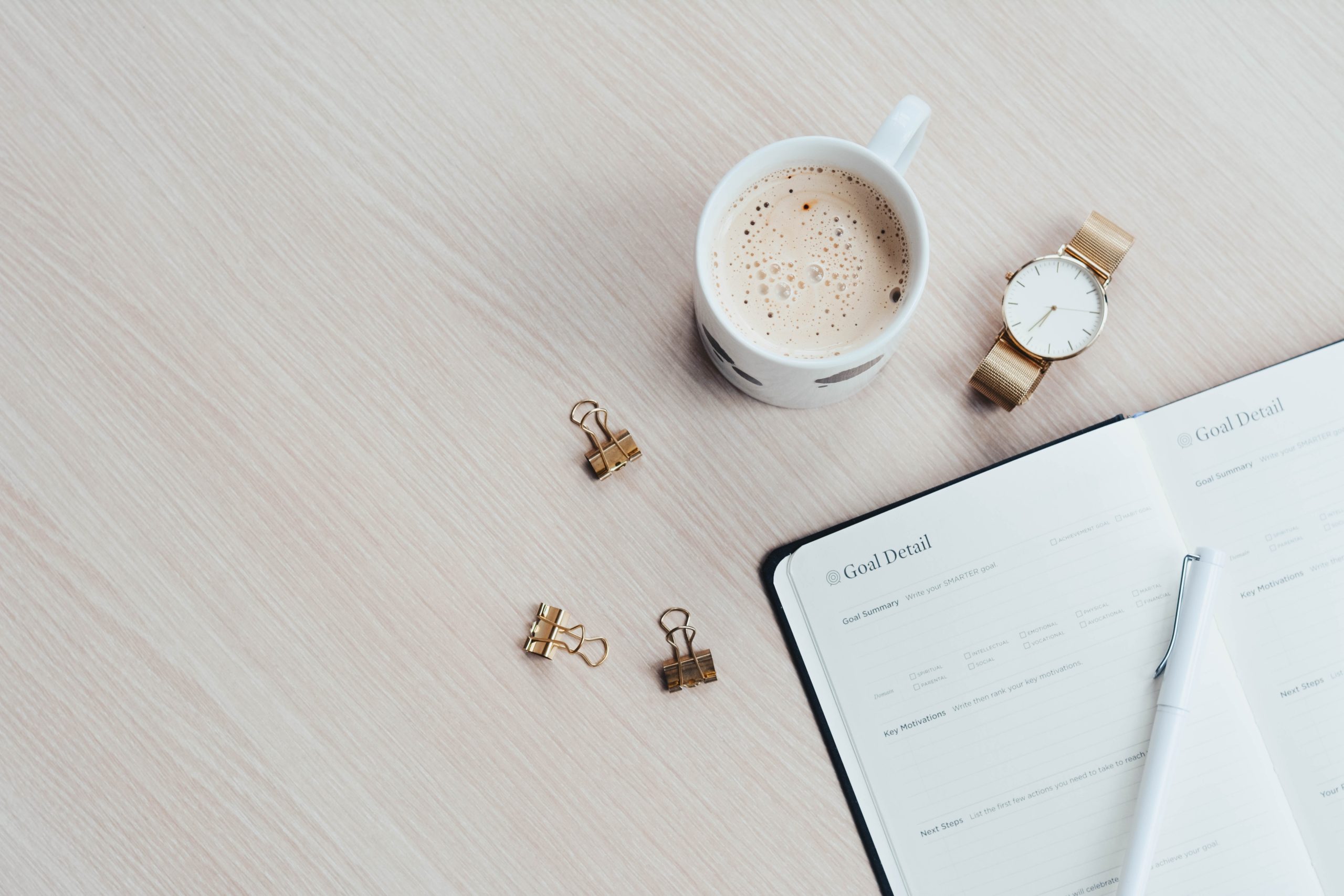When it comes to growing your career, being healthy, or simply living a balanced life, developing good habits seems to be the key. That’s why there are books, articles, blogs, and podcasts all dedicated to examining the habits of successful people. But even though these stories are inspiring, they often do little to teach us how to actually develop similar patterns in our own lives.
In trying to change our habits, we seldom attempt to understand how they actually work. In Charles Duhigg’s book, The Power of Habit, he breaks down the science behind these pervasive behaviors, and he also provides some incredibly exciting news: it’s totally possible to change your habits – even the ones you’ve been trying to break your entire life.

Today I’m excited to share with you some of the mind-blowing truths that Duhigg expels in his book (and then you should just buy it because it’s seriously so good). If you’re ready to develop some positive habits and break some not-so-positive ones, here’s how to get started:
Understand how habits are formed
It’s important to realize that, as far as our brains are concerned, there is no difference between a good habit and bad habit. We process both the same way. Duhigg cites a particular neurological process called the habit loop as the force that powers all of our mindless behaviors. The habit loop is made up of three essential components: a cue, a routine, and a reward. A cue signals to your brain that a behavior should take place (ex: feeling bored). A routine is the action that you perform in response (ex: scrolling through Instagram). The reward is a positive feeling associated with performing a task (ex: the momentary feeling of being entertained). These three elements cycle over and over until they become automatic, meaning that we literally stop thinking about what we are doing.
The existence of the habit loop is both fantastic and terrifying news. On one hand, it means that your bad habits are so ingrained in you that you perform them without even realizing (think biting your nails or mindlessly snacking at your desk). But on the other hand, it means that you can override these habits and form new ones – good ones – and they will be just as automatic as the others.
So anyway, yay science! Now let’s talk about how to use this whole habit loop thing for your benefit.
Pick a routine
Do you want to exercise more? Write daily blog posts? Develop a better schedule for yourself? Whatever it is, make sure it’s something with a clear focus. It’s so tempting to create vague, general goals such as “lose weight” or “be more organized.” But by picking precise routines to work on such as “workout three times a week” or “keep a daily planner” it becomes much easier to attach corresponding cues and rewards.
Establish a clear reward
If you are trying to create a good habit, scientifically speaking, you need to treat yo’ self. A reward can legitimately be anything – a piece of chocolate, a half hour of television, a feeling of accomplishment – so long as it is something you actually want now and will want again later. And it’s totally okay to get creative with your rewards. Have a dance party after you complete a blog post. Google Ryan Gosling after you clear your inbox. Whatever brings you joy, go ahead and make it happen.
Set a cue that creates a craving
Cues set the entire habit loop into action, and they do so by creating a craving. Duhigg cites craving (that “AAAH I gotta have it!” feeling) as the essential element to solidifying habits. And certainly, you might recognize some cues that trigger not-so-healthy cravings in your life. Perhaps you see a particular fast food logo, and suddenly, you can’t stop dreaming about fries. Or maybe you get a creative block while working, and without even thinking about it, you spend an hour on Buzzfeed distracting yourself.
The good news, however, is that we can use cravings to build positive habits. For example, Duhigg suggests that if you want to develop a morning exercise routine, you can set a simple cue such as leaving your workout clothes by your bed. After doing this for a while, the sight of your clothes will immediately trigger a craving in your brain for the endorphin rush that comes after your workout. Pretty soon, going for a morning jog will be as automatic as brushing your teeth.
Override your bad habits
Once a habit is formed, it exists permanently in your brain….forever. Yikes. But fortunately, according to Duhigg’s research, you can actually restructure your preexisting bad habits by keeping your cues and rewards the same and simply changing up your routines. For example, if you snack at your desk because you are bored, instead try taking a quick walk or chatting with a coworker. The cue stays the same (boredom). The reward stays the same (momentary freedom from boredom), but instead of an unhealthy routine, suddenly you are using your craving to ignite a constructive behavior. I mean, talk about turning a negative into a positive. With small adjustments, your bad habits can actually become good ones.
Plug into a community
In order to build or override a habit, you have to believe that you can do it. That may seem obvious, but think of how defeating it can be when your bad habits seem to be controlling you. At a certain point, it’s tempting to just throw in the towel. That’s why Duhigg suggests joining a community that will help you achieve your goals. Whether it’s a group of fellow bloggers, a religious organization, a volunteer team – there is nothing like partnering with other likeminded people. It allows you to say, “If she can do it, I can do it,” and once you believe you can, you will.












